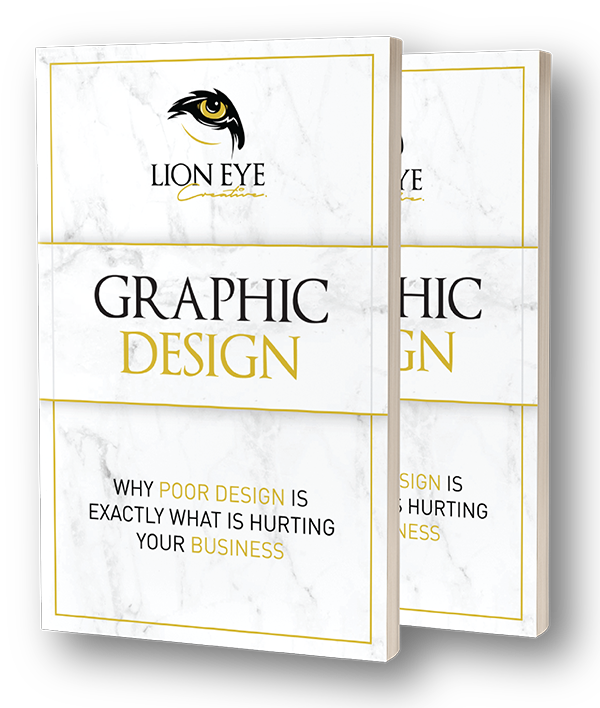
all about visual story telling
Visual story telling is a process of telling a story without the use of texts or audio cues — although these other elements can also be included, visual story telling can be understood without the use of words.
The saying “A picture is worth a thousand words.” by Fred R. Barnard is the perfect example of visual story telling. A single image can tell a whole story, making it essential to a business’s branding.
So why does a brand use visual story telling?
Here are some reasons why known brands tell their story visually:
- The use of visual story telling helps brands connect with their audience on a deeper level.
- It helps them build a community that supports their brand’s message.
- It helps brands create a loyal group of customers sharing their brand’s story with others leading to an increase in awareness.
What are the 5 simple rules of visual story telling?
1. Personal
Brands need to show their audience who they are — an honest and trustworthy brand is one step ahead of its competitors because they are unique and no one could copy them which means they won’t have the same story as the rest.
The use of visual story telling is one of the most effective ways to show a brand’s personality because it tends to resonate more with the audience than a generic advertisement or illustration. By exploring your brand’s personality, you’ll be able to captivate your audience using visual stories.
2. Make your story exciting
Most of the times, business owners and marketers forgot that making things more exciting gets a lot of attention and this goes the same with visual story telling. The leading character of a story always has a goal or is focused on achieving something, then an opposing force hinders his/her path, and the story follows the leading characters struggles to be successful.
This is the same for your brand’s visual story telling because your audience will be more engaged with something that is exciting and out of the ordinary — something that involves a form of conflict. In fact, some of the most memorable ad campaigns which used visual story telling came up with a character that is easy to love and the audience can root for.
3. Keep your story flowing naturally
Keep in mind that an excellent visual story telling needs to flow naturally. A definite sense of direction is needed — having a clear structure and a prominent storyline are both essential. If your story looks stagnant and confusing, it is a huge turn off for your audience and would look for other brands to focus their attention to.
4. Be educational and fun at the same time
One of the best things that you can share with your audience using your visual story telling is knowledge. You should aim to teach your audience that they would appreciate — something that they wouldn’t learn from their daily interactions. This would make your brand ingrained in that knowledge and would leave a lasting impression with your audience.
5. Dare to be rare
Dare to rare and stand out! The use of visual story telling gives you numerous opportunities to make your brand stand out from the rest of your competition. Create a story that is full of twists and turns — a story that doesn’t follow a conventional path, challenging story telling norms. You should aim to be always different and don’t get trapped in your competitors’ mundane loop.
Conclusion
Traditional forms of communication have become less and less effective and this can be improved with visual story telling — especially because humans are naturally visual creatures. Stories that are visually presented which continuously entertain your audience and therefore, lead to an increase of engagement.
Keep in mind that if you want your audience to remember your brand, make them felt cared for and a good visual story telling is the perfect way to let them know and to convey your message. Communication doesn’t have to be boring, make it clear, fun, and exciting!
Visual story telling helps you build a stronger and deeper relationship with your audience by relaying essential, useful and complex information that they need. Make sure that you focus on your brand’s message to avoid getting out of context.
If you’re struggling in creating your brand’s visual story telling you can download our Graphic Design ebook.

Are you looking for help in creating your brand’s visual story telling? Talk to one of our graphic design specialists now!



